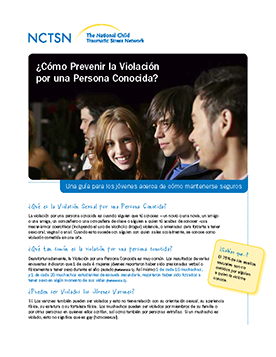
¿Cómo Prevenir la Violación por una Persona Conocida? Una Guía para los Jóvenes Acerca de Cómo...
Offers teens information about acquaintance rape.
The following resources on child trauma were developed by the NCTSN. To find a specific topic or resource, enter keywords in the search box, or filter by resource type, trauma type, language, or audience.

Offers teens information about acquaintance rape.
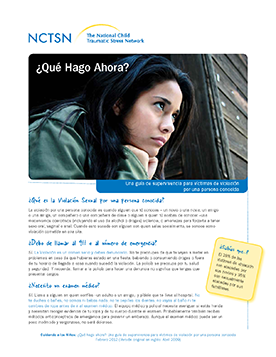
Ofrece a los sobrevivientes de la violación por una persona conocida información sobre lo que pueden hacer en estos momentos.
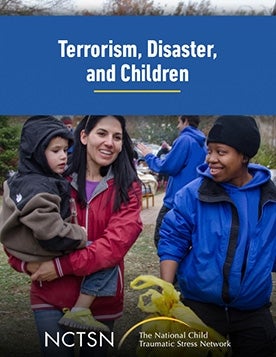
Focuses on the roles cultural sensitivity and race play in research on PTSD in children. This webinar discusses research as it relates to Katrina and African Americans.
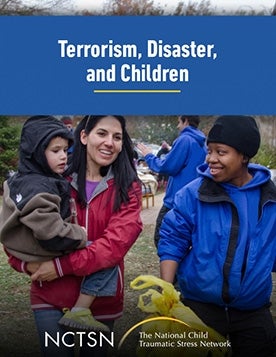
Presents findings from research data on the 1988 earthquake in Spitak, Armenia and makes references to other natural disasters.
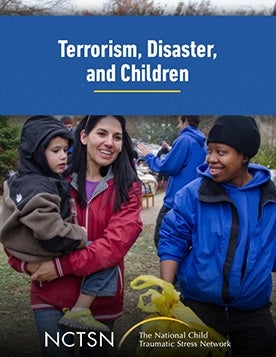
Summarizes the characteristics of community resilience and describes the Community Assessment of Resilience Tool (CART) as a mechanism for building community resilience, in addition to other strategies for building community resilience.
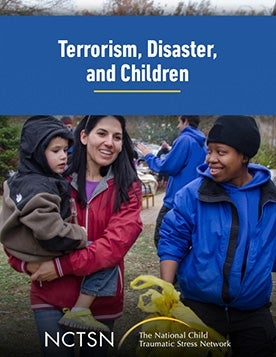
Discusses topics related to the impact of terrorism and disaster on children, as well as clinical issues such as assessment and treatment.
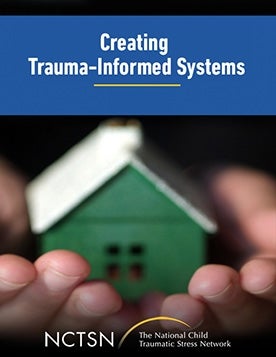
Focuses on describing and advocating for creating trauma-informed child-serving systems including juvenile justice, child welfare, healthcare, mental health, school, and law-enforcement.

Helps mental health care providers, working in the Mexico-US border region, understand the diverse cultural, socioeconomic, environmental, and political factors that daily impact the lives of their clients/patients.
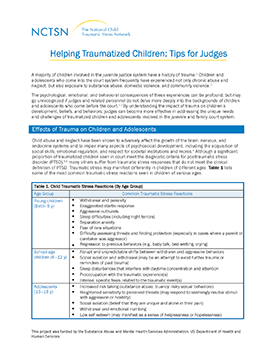
Outlines the impact of trauma on children's development, beliefs, and behaviors.
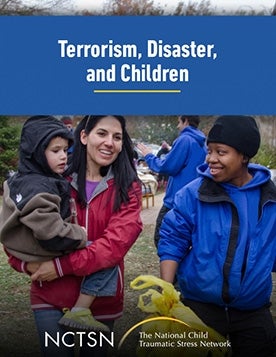
Provides information necessary to assess and treat PTSD in preschool children, school-aged children, and youth following a disaster. This webinar discuss developmental issues, parental issues, assessment, and treatment.
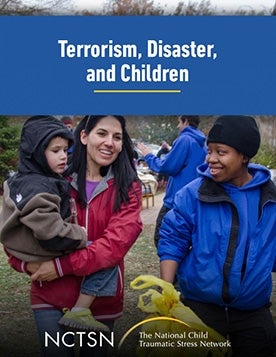
Provides a foundation for understanding children in disasters. This webinar discusses evaluation and treatment services for traumatized children, school support services, PFA in unusual situations, resilience, and vicarious trauma.
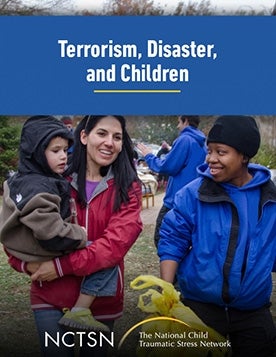
Provides an introduction to the history and importance of child and family disaster mental health. This webinar discusses the importance of how and where disaster services are provided.